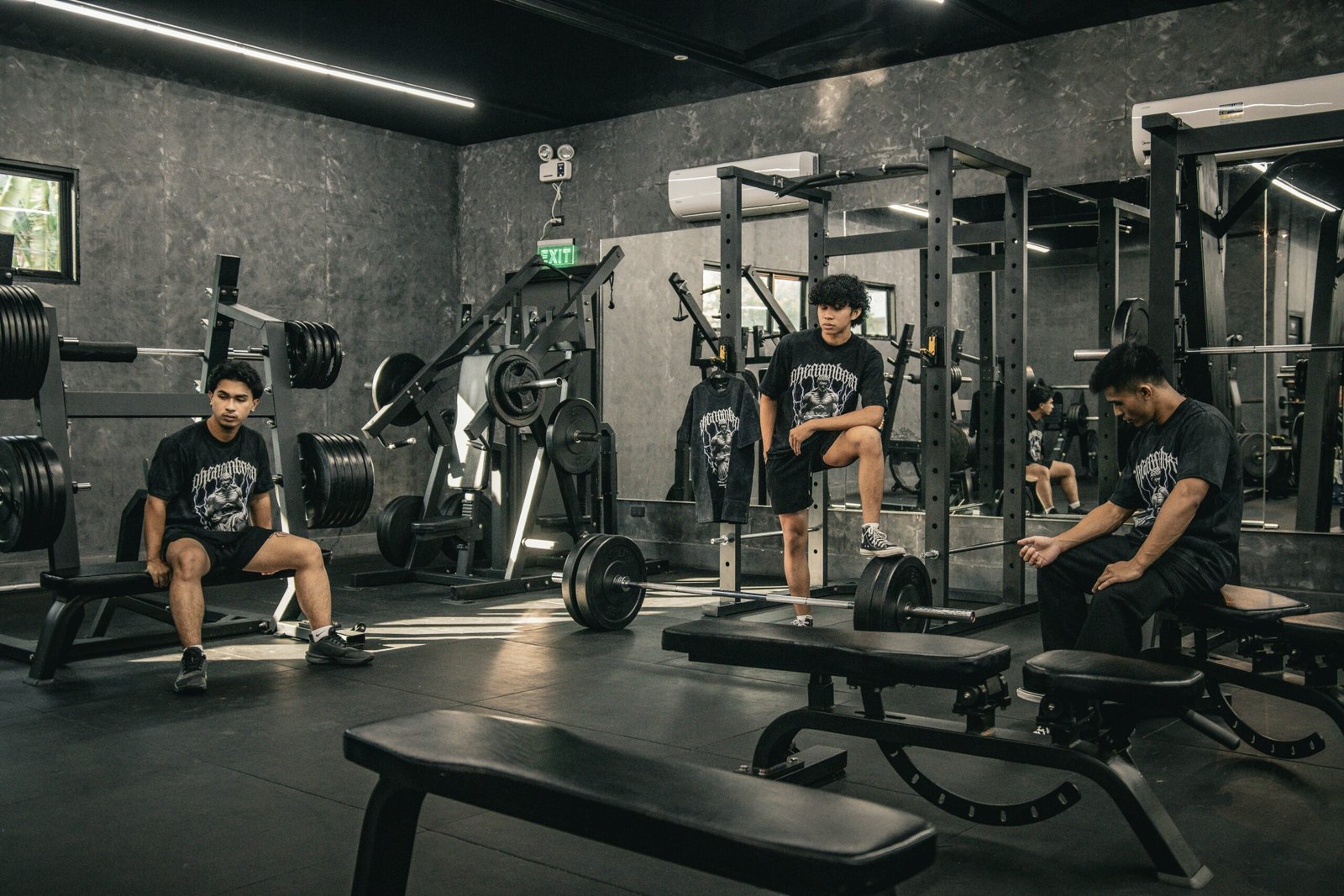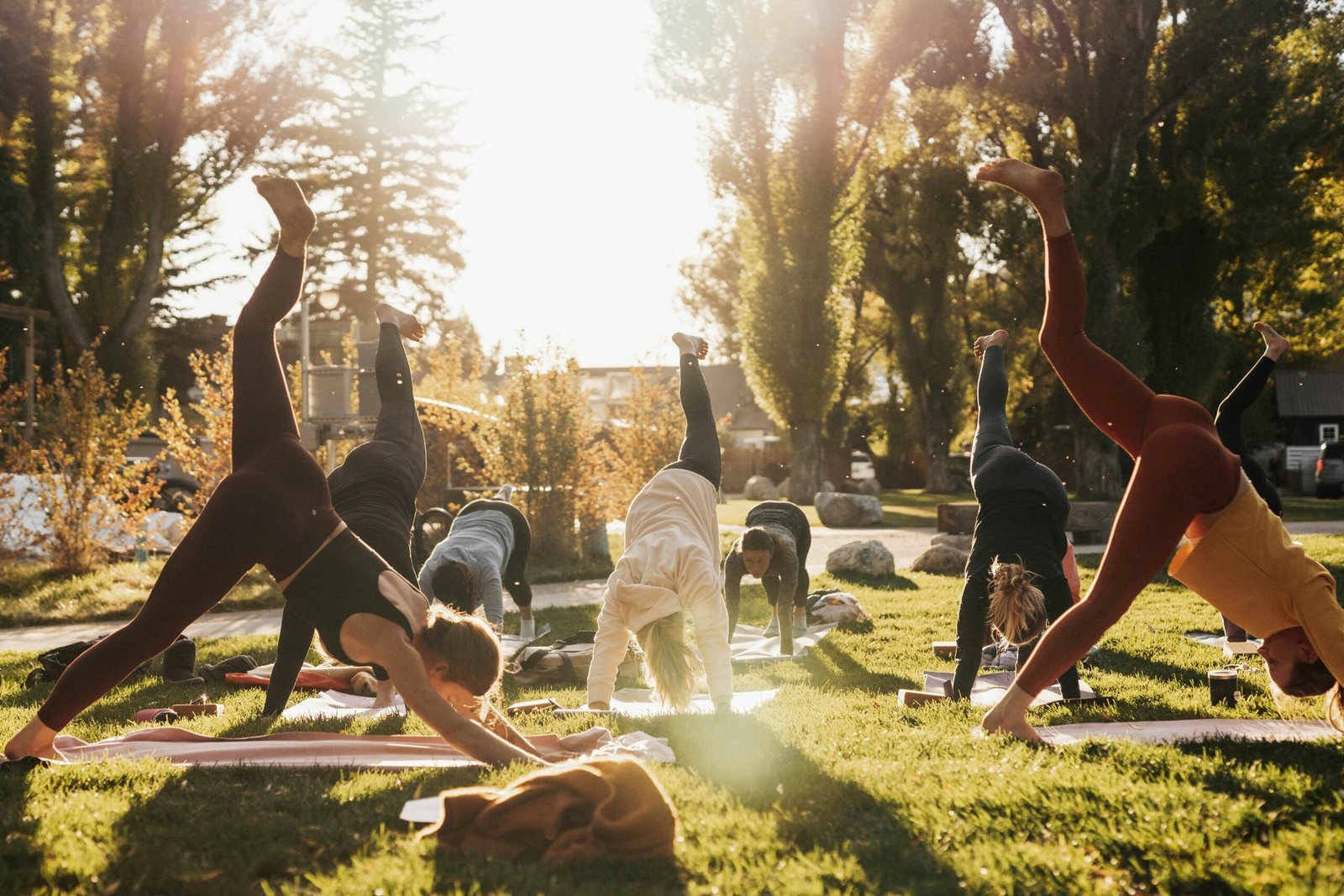Introduction
In the past decade, the concept of wellness has shifted from being a niche interest to a mainstream lifestyle movement across the USA. No longer confined to gyms, spas, or diet programs, wellness now influences how people eat, work, travel, rest, and even interact with technology. It is no longer a goal for a select few; it has become a way of life for millions. From mindfulness apps to plant-based diets, wellness has evolved into an essential element of modern living.
1. Understanding the Wellness Lifestyle
The term wellness refers to more than just physical health—it is an integrated approach to living that encompasses mental, emotional, and spiritual balance as well. People are beginning to recognize that health is not defined solely by the absence of illness but by the presence of holistic well-being.
Key Elements of the Wellness Lifestyle

-
Physical Wellness – Regular exercise, nutrition-focused eating, and preventive healthcare practices.
-
Mental Wellness – Mindfulness, meditation, and stress management routines to maintain cognitive clarity.
-
Emotional Wellness – Positive self-awareness, building strong relationships, and prioritizing mental health.
-
Environmental Wellness – Choosing eco-friendly products and practices that reduce harm to the planet.
-
Social Wellness – Creating supportive communities that share common values around healthy living.
2. Why Wellness Is Trending in the USA
Several cultural, social, and economic shifts are fueling the rise of wellness as a lifestyle trend.
a) Increased Focus on Preventive Health
Healthcare costs in the USA continue to rise, making preventive care a more practical approach. Instead of waiting for health issues to occur, people are focusing on nutrition, exercise, and stress reduction to stay healthy.
b) Mental Health Awareness
There has been a major cultural shift toward recognizing mental health as an essential component of well-being. From therapy to mindfulness apps, Americans are investing in practices that support emotional resilience.
c) Work-Life Balance
The pandemic highlighted the importance of work-life balance. Flexible work environments have encouraged people to prioritize self-care, leading to more interest in wellness activities like yoga, meditation, and outdoor recreation.
d) Influence of Social Media and Digital Platforms
Platforms like Instagram and TikTok have amplified wellness trends by showcasing healthy recipes, fitness routines, and mindfulness practices. The visually appealing nature of wellness culture has helped it become a digital phenomenon.
e) Growing Awareness of Holistic Living
Consumers are seeking wellness in all aspects of life—from clean skincare and organic foods to eco-conscious fashion and sustainable home products. Wellness is no longer just a personal goal; it is a value system that influences everyday choices.
3. The Role of E-Commerce in Promoting Wellness
Online platforms have played a crucial role in expanding access to wellness products and services. People are exploring natural supplements, home workout equipment, aromatherapy kits, and more—without leaving their homes. E-commerce allows for extensive product research, customer reviews, and expert advice, making wellness more accessible than ever.
Wellness Categories Growing Online

-
Nutritional Essentials – Organic, gluten-free, and plant-based options.
-
Self-Care Products – Aromatherapy, skincare, and stress-relief tools.
-
Fitness Gear – Home workout equipment, wearables, and accessories.
-
Mindfulness Tools – Journals, meditation apps, and sleep aids.
-
Eco-Friendly Alternatives – Reusable water bottles, sustainable clothing, and biodegradable products.
4. Generational Impact on Wellness
Wellness trends are being shaped by different age groups, each bringing unique perspectives.
Millennials and Gen Z
These generations are driving the shift toward mindfulness, sustainability, and functional fitness. They are highly influenced by digital wellness communities and prioritize experiences that improve mental and physical well-being.
Gen X
This group seeks balance and practicality, focusing on long-term health benefits. They value wellness solutions that fit into busy lifestyles, such as compact exercise equipment or stress-management routines.
Baby Boomers
Boomers are embracing wellness to maintain vitality and independence. They are particularly drawn to nutrition programs, low-impact fitness, and products that support healthy aging.
5. Key Areas Defining the Wellness Lifestyle
To understand why wellness has transformed from a trend into a lifestyle movement, it’s important to explore its key components.
a) Nutrition and Conscious Eating
Food choices are becoming more intentional. People are exploring plant-based diets, organic produce, and functional foods that provide specific health benefits. Beyond dieting, the focus has shifted to nourishing the body with nutrient-rich meals.
b) Fitness Beyond the Gym

Home workouts, outdoor activities, and virtual fitness classes are redefining exercise routines. Wearable technology also plays a role in tracking performance, heart rate, and overall wellness.
c) Mindfulness and Mental Clarity
Meditation, yoga, and journaling have gained mainstream popularity as tools to reduce stress and improve emotional well-being. Americans are dedicating time to mental health practices just as much as physical workouts.
d) Sleep as a Wellness Priority
With studies linking poor sleep to chronic health issues, sleep quality has become a major wellness focus. From calming teas to sleep-friendly lighting, products and practices that support better rest are gaining traction.
e) Eco-Conscious Living
Consumers are aligning their wellness journey with environmental responsibility. Using eco-friendly household items, wearing sustainable fashion, and choosing biodegradable packaging reflects a growing awareness of how lifestyle choices affect the planet.
6. The Business of Wellness
The wellness industry in the USA is booming, with billions of dollars invested annually in health and well-being solutions. However, this growth is not purely about economics—it reflects a cultural commitment to leading healthier, more balanced lives.
Emerging Market Segments
-
Holistic Wellness Programs – Combining nutrition, exercise, and mental health coaching.
-
Digital Wellness Platforms – Subscription-based fitness and mindfulness apps.
-
Sustainable Wellness Products – Eco-friendly, organic, and ethically produced items.
7. Future of Wellness as a Lifestyle Trend
As wellness continues to evolve, several future trends are expected to shape how Americans approach well-being:

-
Personalized Wellness – Customized health and fitness programs using data from wearable devices.
-
Tech-Driven Wellness – AI-powered meal planning, stress management, and sleep optimization tools.
-
Community-Based Wellness – Group challenges, local events, and online forums to support a collective approach.
-
Integration of Nature – Outdoor retreats, forest bathing, and nature-based exercise will gain more traction.
8. Making Wellness Part of Everyday Life
Adopting wellness as a lifestyle does not require drastic changes. Simple adjustments—like staying hydrated, practicing mindfulness for a few minutes daily, or incorporating short workouts—can lead to significant improvements in overall well-being.
Conclusion: More Than a Trend—A New Way of Living
Wellness is no longer an occasional activity or a luxury for a select few—it has become a lifestyle embraced by millions across the USA. Driven by a desire for better health, balance, and happiness, people are integrating wellness into daily routines, workplace culture, and even social interactions. With continuous innovation and growing awareness, wellness is set to remain a defining aspect of modern living—an essential part of what it means to live well in today’s world.